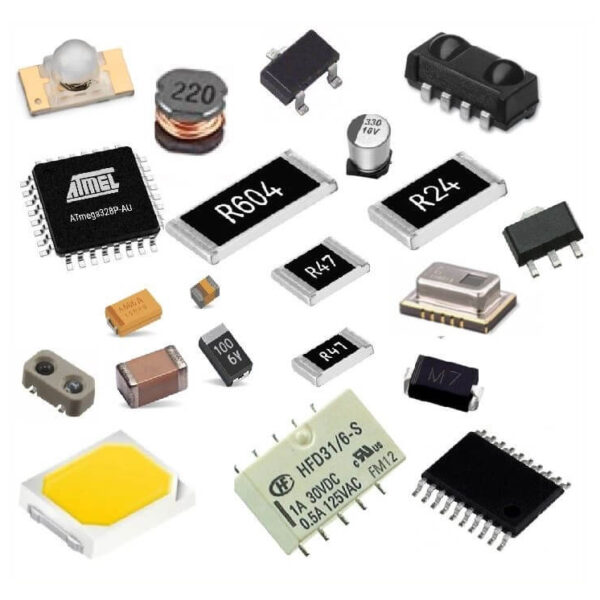In the dynamic realm of electronics, the conversion of alternating current (AC) to direct current (DC) is a fundamental process that powers a myriad of devices we use daily. From household appliances to electronic gadgets, understanding how to convert AC to DC is crucial for engineers, enthusiasts, and anyone eager to delve into the intricacies of electrical systems. This comprehensive guide navigates the complexities of AC to DC conversion, offering valuable insights at various levels of understanding.
1. The Need for AC to DC Conversion
Exploring the reasons behind AC to DC conversion sets the stage for a deeper understanding. While many electronic devices operate on DC, the electricity supplied to homes and businesses is often in the form of AC. The conversion process is essential for compatibility.
2. Rectification: The First Step
At the heart of AC to DC conversion lies rectification. This process involves converting AC to pulsating DC by allowing the positive half-cycles of the AC waveform to pass through while blocking the negative half-cycles. Rectifiers, such as diodes, play a pivotal role in this initial stage.
3. Types of Rectifiers
Delving into the world of rectifiers reveals different types, each with its unique characteristics. Half-wave rectifiers, full-wave rectifiers, and bridge rectifiers offer varying efficiencies and applications, influencing the choice of rectification method based on specific needs.
4. Smoothing with Capacitors
Following rectification, the output is still pulsating DC with ripples. Smoothing capacitors step in to iron out these ripples, providing a more stable DC output. The interplay between rectifiers and capacitors is critical in achieving a smoother and more constant voltage.
5. Voltage Regulation
Ensuring a stable and regulated DC output voltage is crucial for the proper functioning of electronic devices. Voltage regulation mechanisms, such as voltage regulators and zener diodes, help maintain a consistent voltage level despite fluctuations in the input AC.
6. Power Supply Design
Understanding how to design an efficient power supply involves considering factors like load requirements, voltage levels, and efficiency. Linear and switching power supplies are two common designs, each with its advantages and applications.
7. Practical Applications
Exploring real-world applications of AC to DC conversion provides context for the importance of this process. From charging devices like smartphones to powering electronic appliances, the applications are diverse and pervasive in our daily lives.
8. Challenges and Solutions
Navigating the challenges associated with AC to DC conversion, such as voltage drops, power losses, and harmonic distortions, prompts the exploration of innovative solutions and advancements in power electronics technology.
9. Environmental Considerations
As sustainability becomes increasingly important, examining the environmental impact of AC to DC conversion methods encourages the adoption of energy-efficient technologies and practices.
Conclusion: Powering Progress with AC to DC Conversion
In conclusion, the journey of converting AC to DC involves intricate processes, from rectification to smoothing and voltage regulation. Understanding the principles and applications of AC to DC conversion is vital for engineers, hobbyists, and anyone seeking a deeper grasp of electrical systems. As technology continues to advance, the ability to efficiently convert AC to DC becomes a cornerstone of progress, powering the devices that shape our interconnected world.

